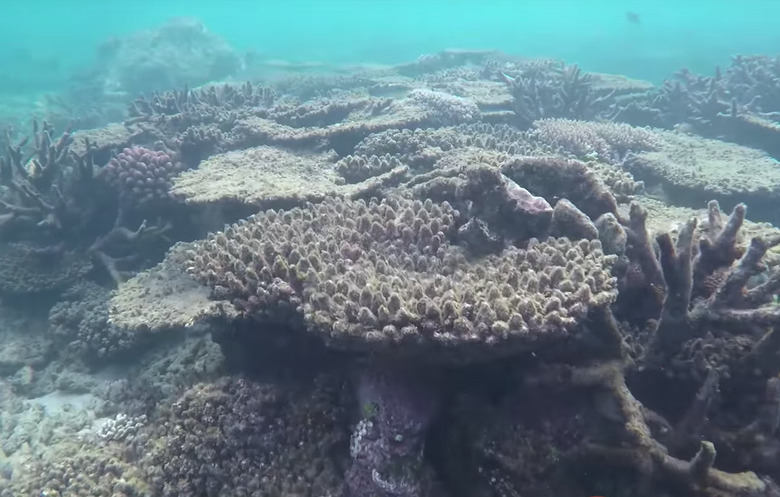Australia Just Committed To The Most Expensive Coral Reef Restoration Project In History
It was just a couple of weeks ago that researchers revealed the extent to which mankind has messed up the ocean's coral reefs. It was an incredibly dire report that pointed to rising ocean temps causing a "bleaching" effect which has destroyed massive sections of reef which may never be able to actually recover. Now, Australia is stepping up to the plate in an attempt to help repair some of the damage the Great Barrier Reef has sustained, pledging over half a billion Australian dollars (around US$379 million) to an extensive recovery effort.
The Australian government is partnering with the Great Barrier Reef Foundation to work out a plan of action and potentially bring some of the reef's most stressed-out areas back from the brink. Of course, Australia can't combat the heat stress of the oceans — that's something the entire human race is going to have to work on — but the effort will focus on factors that it can control, like fighting against water pollution and mitigating the effects of coral-eating sea creatures which have invaded some parts of the reef.
"There is no doubt that our great living treasure is under enormous threat from climate change and we must all work together to do everything possible to achieve the Paris Agreement," Dr John Schubert, Chairman of the Great Barrier Reef Foundation, said in a statement. "But while the world works to tackle climate change on a global scale, there are many things we can and must do to build the resilience of the Great Barrier Reef right now."
The foundation is teaming up with scientists and experts to figure out how best to use the investment to bolster what's left of the reef while making conditions as manageable as possible for the sections which have already fallen into crisis.
Coral reef "bleaching" occurs when water temperatures drive out the tiny organisms that give coral life. Short episodes are usually recoverable, but repeated and lengthy periods of ocean warming (thanks to manmade climate change and warming) has damaged some sections far worse than scientists have ever seen before, and it's likely that much of it will never actually bounce back. Nevertheless, Australia is going to do its best to save on of its natural wonders, and hopefully it all works out.
